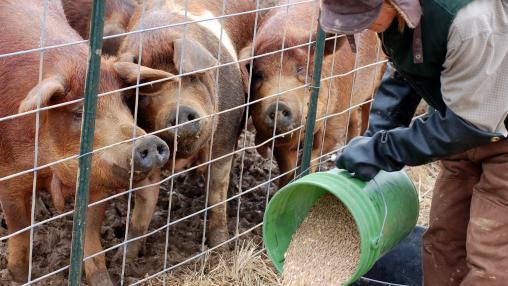
FAO Food Price Index Rises for Fourth Straight Month
The FAO Food Price Index continued to rise in January for the fourth consecutive month. While the month-on-month increase from December was marginal (0.7 percent), the Index reached 11.3 percent higher than its January 2019 levels. The increase was driven mainly by vegetable oil prices, although cereal prices also played a role to a lesser extent.
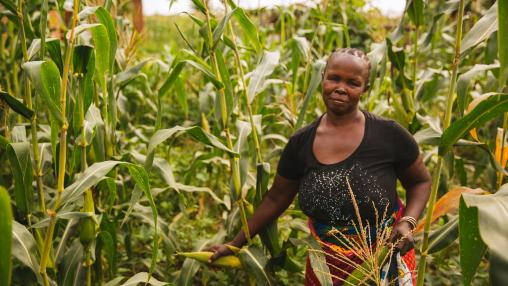
Global markets can help reduce climate-driven food insecurity
Climate change is almost certain to increase the volatility of agricultural output over the next 30 years—particularly in low-income countries in Africa south of the Sahara and other areas around the world where subsistence farming is a major source of food production. Climate-driven impacts such as droughts and extreme weather events will raise the risk of severe food shortages for smallholder farms and in rural and urban communities throughout those countries.
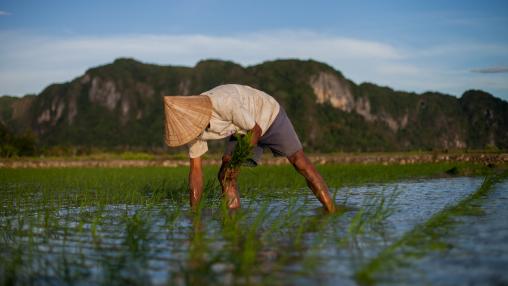
Rising Prices, Optimistic Market Outlook: Latest FAO Food Price Index and AMIS Market Monitor Report
Strong rebounds in global vegetable oil prices, as well as sugar and dairy prices, drove the FAO Food Price Index to its highest point in five years in December. The December Index rose by 4.4. percent from November, the third such consecutive monthly increase, and reached 181.7 points.
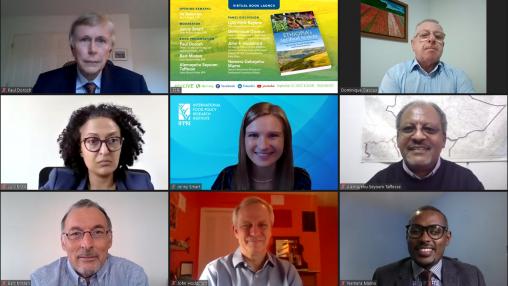
Knowledge for a Sustainable Food Future: New Foresight Tool Examines Impact of Agricultural Investments
How can we feed 10 billion people by 2050? How much and in what ways will climate change impact global food production? What can be done to ensure that the world’s agriculture and food systems remain sustainable in both the short and the long term?
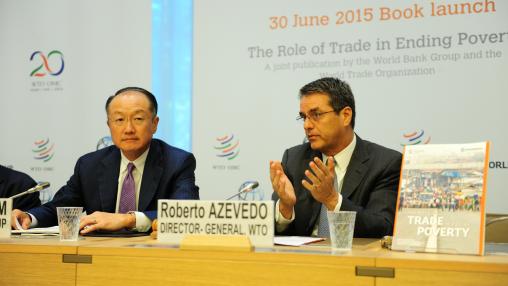
The crippling of the multilateral trading system
As of today (Dec. 10), the dispute settlement mechanism of the World Trade Organization (WTO) has been crippled, as its Appellate Body (AB) has been left with less than three members on the seven-member body. The U.S. government has blocked the WTO from appointing new members, leaving the AB without the minimally required number of judges to hear appeals in trade disputes.
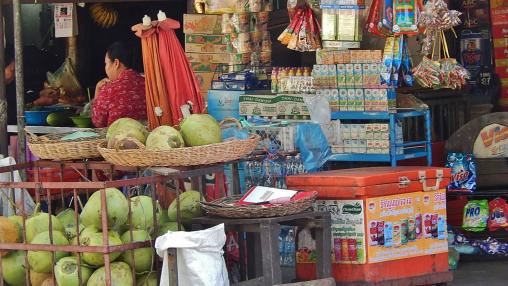
Making food safer in developing countries
Unsafe food poses a significant threat to human health and well-being and can hamper agricultural transformation, market integration, and economic development. Populations in low- and middle-income countries are often hardest hit by the effects of unsafe food, with countries in South Asia, Southeast Asia, and Africa south of the Sahara accounting for 53 percent of all foodborne illnesses and 75 percent of related deaths.
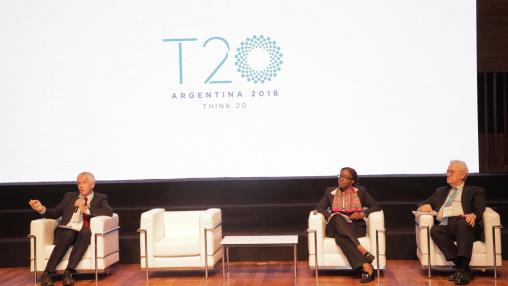
T20 Recommendations for Food Security and Sustainability
As the world strives to feed a growing population in the face of declining natural resources and ongoing food security crises, commitment from policymakers to a sustainable food future is more important than ever. Argentina’s G20 Presidency has set sustainability and food security as a top priority for this year’s upcoming Ministerial Meeting, and these priorities were also focus of the recent T20 (Think 20) Summit, held in Buenos Aires in September 2018.
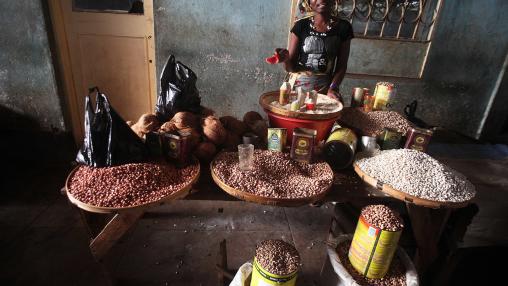
Falling commodity prices: Latest FAO Food Price Index
The FAO Food Price Index declined somewhat in September, falling 1.4 percent from August to an average of 165.4 points. This represents a 7.4 percent decline from September 2017 levels.
The Cereal Price Index fell by 2.8 percent from August. Maize prices saw the most significant month-to-month reduction, falling by around 4 percent due to ample global supplies and prospects for a large U.S. crop. Wheat prices also declined in September due to strong exports from Russia. Rice prices experienced the smallest decline (1 percent) due in part to an appreciation of the Thai Baht.
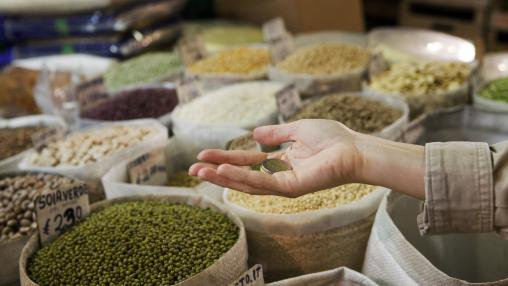
Trade conflict is a lose-lose game
After many years of rapid growth, serious trade tensions have emerged between the United States and China. Since open trade is key to avoiding significant economic and environmental costs and help ensuring food security and nutrition, the ongoing trade conflicts have the potential for disastrous outcomes, as China and the US are key players in global agricultural trade.
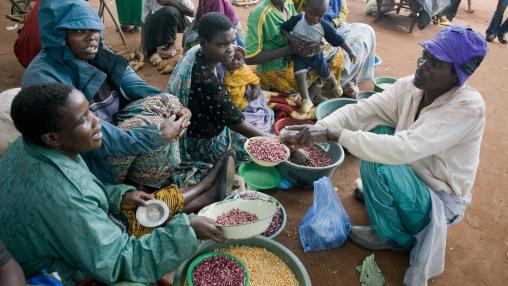
Cereal, fertilizer prices rise in August
The FAO Food Price Index remained virtually unchanged in August, although cereal prices rose as a result of declining crop prospects. At 167.6 points, the Index is around 9 percent lower than its August 2017 levels.